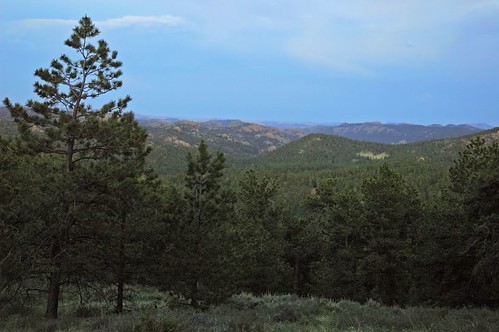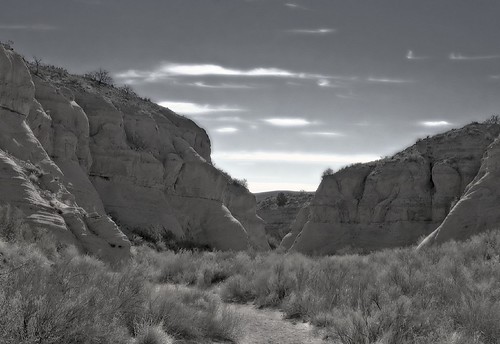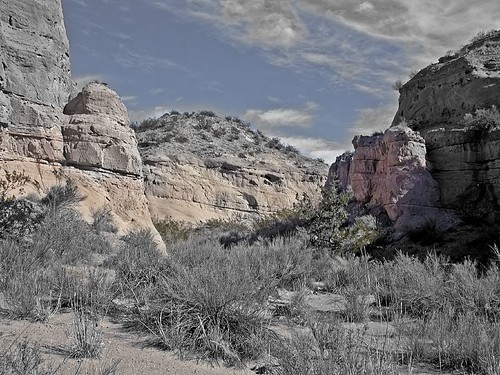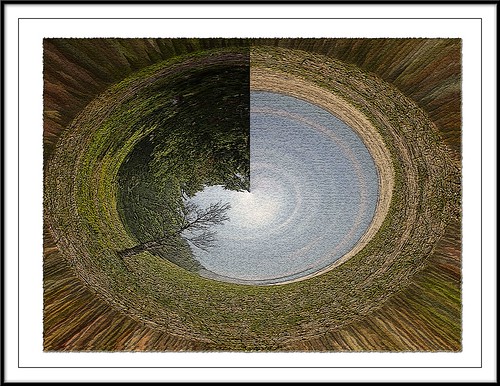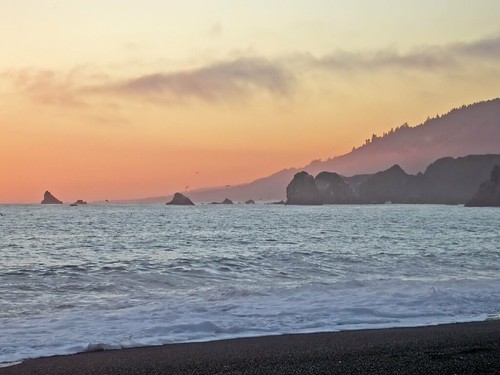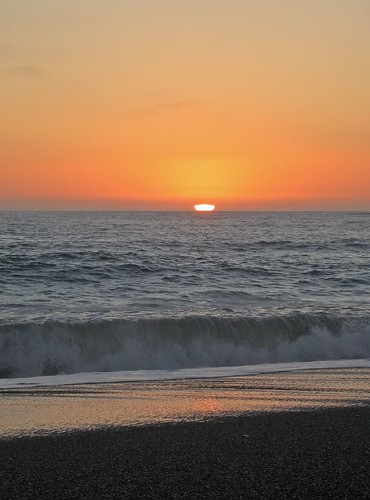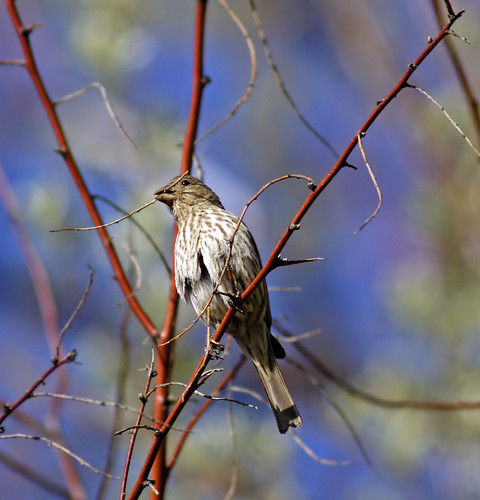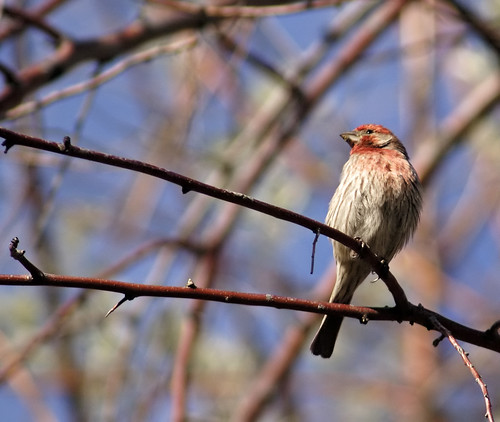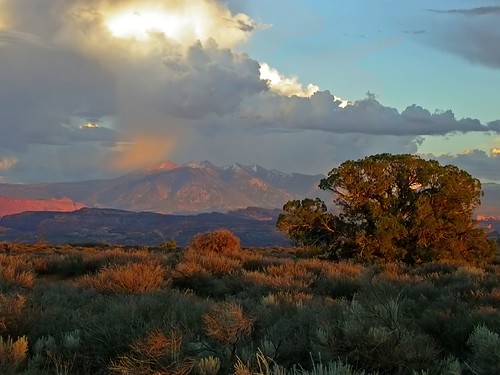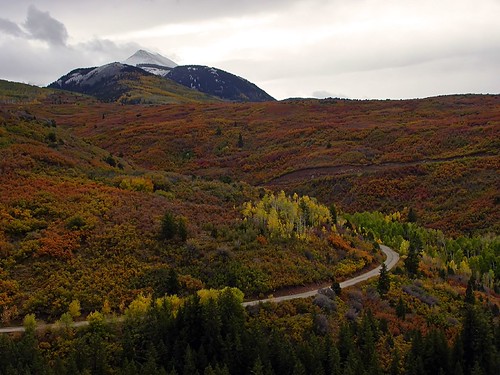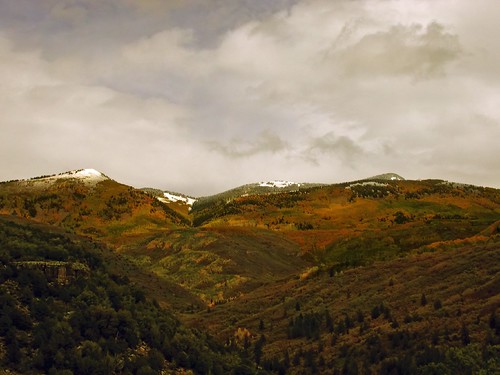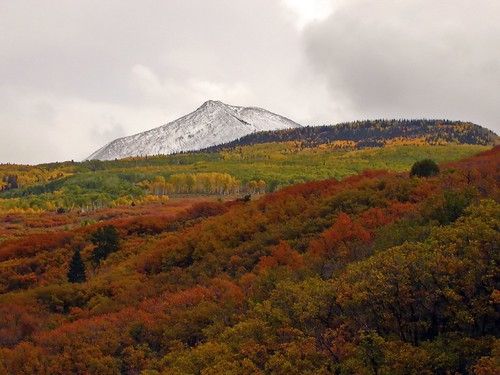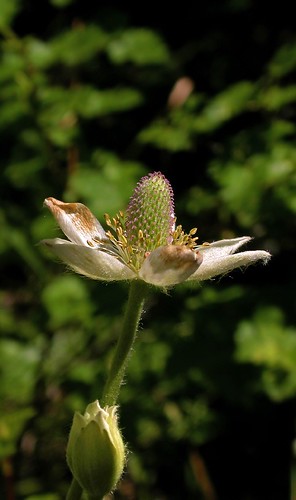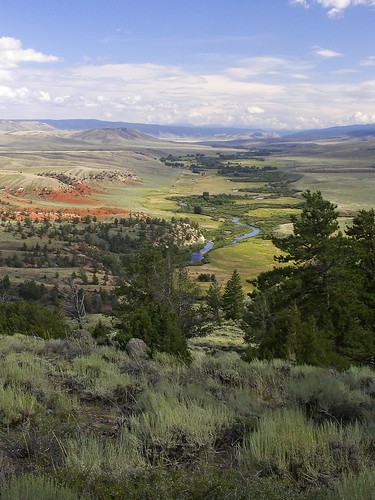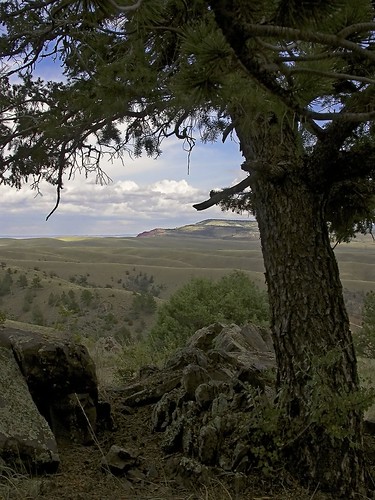The North Fork of the Poudre River in the Laramie Foothills offers one of the last major unroaded canyons in Colorado. The Nature Conservancy has one of the most striking portions in the Phantom Canyon Preserve and upstream of their property the Colorado Division of Wildlife holds the land in the Turkey Roost section of the canyon. This area really is still a mostly unknown treasure of the Front Range of Colorado, and in my opinion one of the most beautiful landscapes we have. Thankfully, local groups have undertaken one of the most successful large-scale conservation projects in the urban corridor of Colorado, with the entire Laramie Foothills area clear out to the plains looking set to be protected for a long time to come.
This is where we headed for the holiday weekend and once there we saw virtually nobody the entire time, it was a great respite from the busy city daily grind. I barely touched the camera as we mostly sat around lounging playing board games and staring at the gorgeous scenery. But I had to take a few photos to share.
Here's a couple of the Turkey Roost area just as a major thunderstorm was moving in. Lucky for us we were on our way home just as it struck.
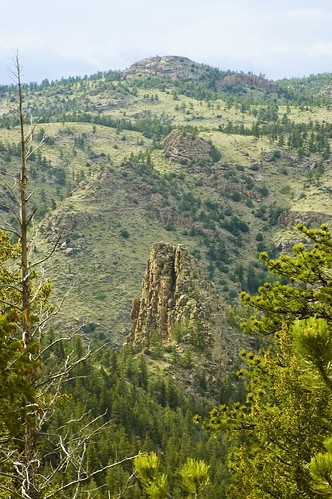

This next photograph features the view from our campsite just north of the area above.
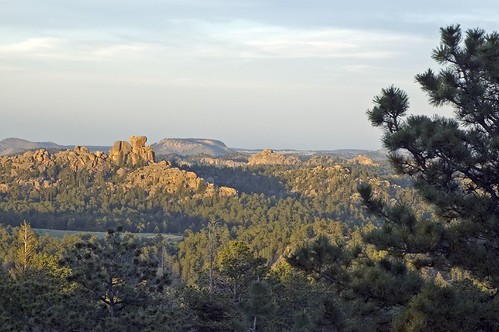
Here's a shot taken at twilight as we walked back to our campsite.
